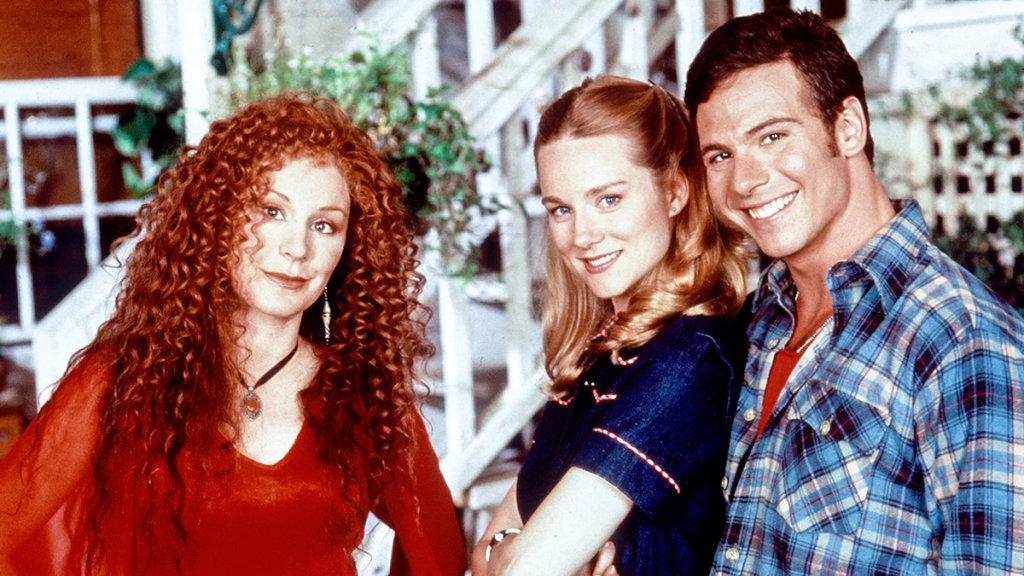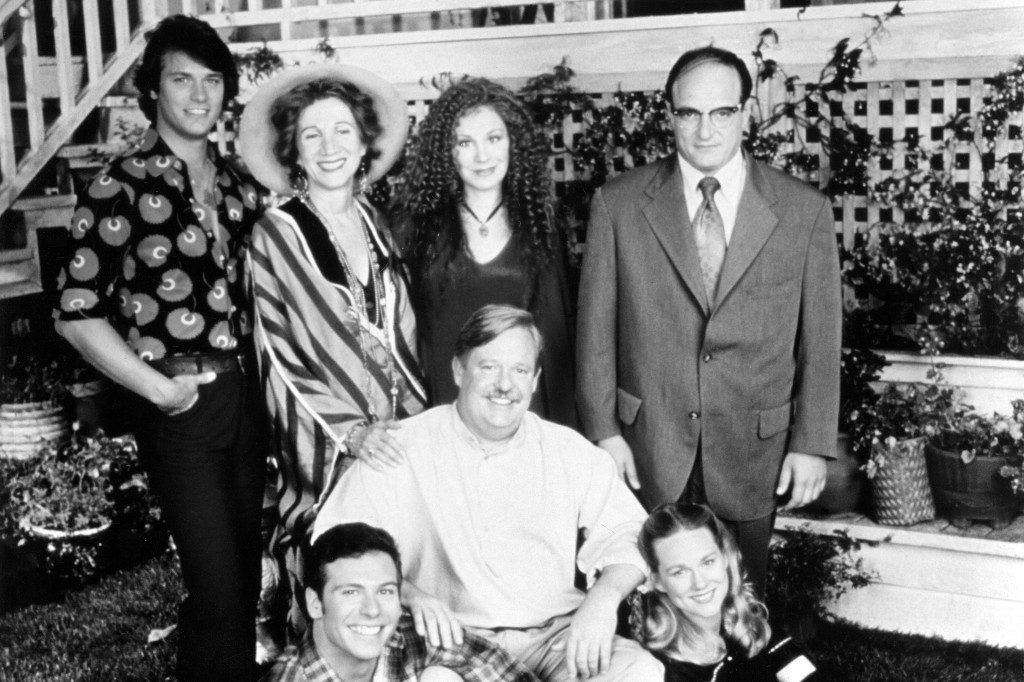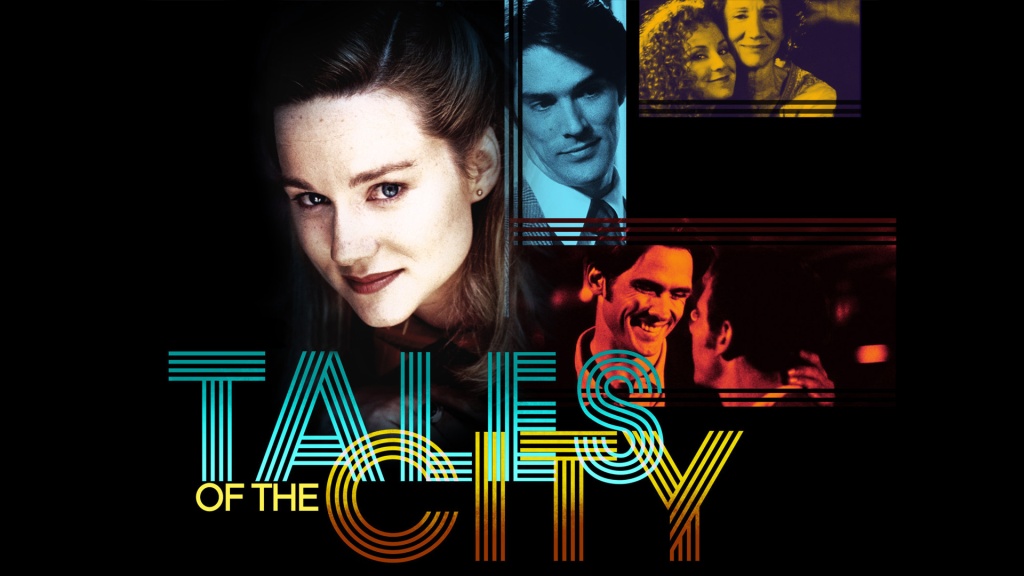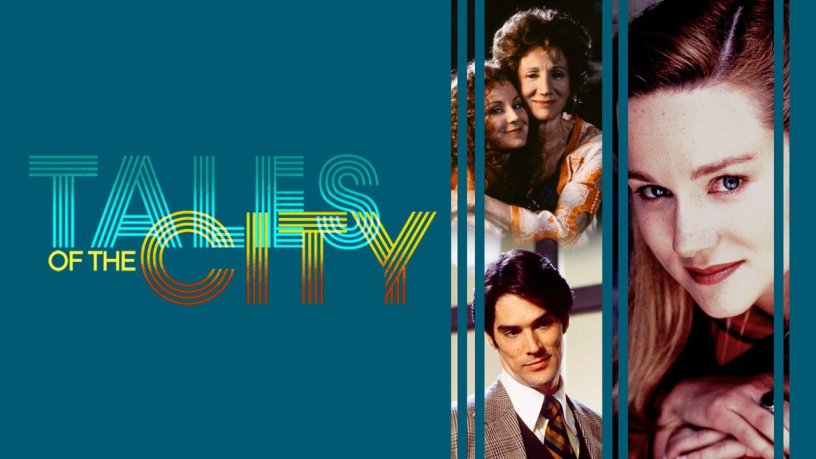The 1970s was an exciting time in American pop culture. When Armistead Maupin began publishing a series of stories in the San Francisco Chronicle (in 1978), LGBTQ+ rights were still in their infancy (thanks to monsters like Anita Bryant), and HIV/AIDS had yet to be discovered.
When the first mini-series aired on PBS in 1994, I was a child in Montana, nearly two decades away from discovering how much the main character, Mary Ann Singleton, and I had in common. Brought to life by the incomparable Laura Linney, she was a small-town girl from Ohio swept up in the magic and majesty of the city. The series also stars Marcus D’Amico as Michael “Mouse” Tolliver, the gay man who would become Mary Ann’s best friend, Barbara Garrick as DeDe Halcyon Day, Chloe Webb as Mona Ramsey, and the iconic Olympia Dukakis as the almost magical Anna Madrigal. The series also features Parker Posey as Connie Bradshaw, Mary Ann’s high school friend who welcomes her to the sinful side of San Francisco.

The series starts with Mary Ann choosing not to return to Ohio. After a short stay with her high school friend Connie, she meets Mouse (after trying to pick up his boyfriend at Safeway) and eventually finds her way to 28 Barbary Lane and a magical apartment building owned by Anna Madrigal. There, she also meets the other tenants, Mona and Brian (Paul Gross), and the very odd Norman Neal Williams (Stanley DeSantis).
While sex and sensuality are a significant part of the series, so is a master. The truth about Anna Madrigal, the man she used to be, and her relationship with Mona are major plot points. As does the relationship between DeDe, her husband Beauchamp (Thomas Gibson), and the fact that he will sleep with anyone (but his wife). The city had some incredible guest stars and cameos, including Bob Mackie, Ian McKellen, Mimi Fariña, and Karen Black. Maupin himself even appears as a writer.

When ‘Tales of the City’ first aired in 1993 on Channel 4 in the UK, it was a groundbreaking moment. The US debut on PBS was the most-watched dramatic series of its time. However, the show’s unapologetic portrayal of homosexuality, sexuality, and drug use was not without its share of controversy. Even then, nearly 18 years after the first ‘Tales’ story, full LGBTQ+ equality was still a distant dream. Threatened with federal budget cuts, PBS made the unfortunate decision not to air any further adaptations of ‘Tales ‘. This decision, however, only served to underscore the show’s significance in LGBTQ+ culture.
I didn’t watch the series when it aired initially; I was far too young, and my family was far too conservative. However, I watched (and loved) the 2019 series aired on Netflix. It started an obsession.

Finally, I was able to track down the mini-series on DVD (as well as the sequels More Tales of the City and Further Tales of the City), so I decided to watch all four from start to finish. I was surprised to see how relatable it still is. While equality has made leaps and bounds, there is still a long way to go, especially when it comes to our Trans brothers and sisters.
Maupin created something magical. A beautiful series is just as important today as it was 31 years ago (41 for the serial). There will be more retro reviews soon.
Stay Tuned!
